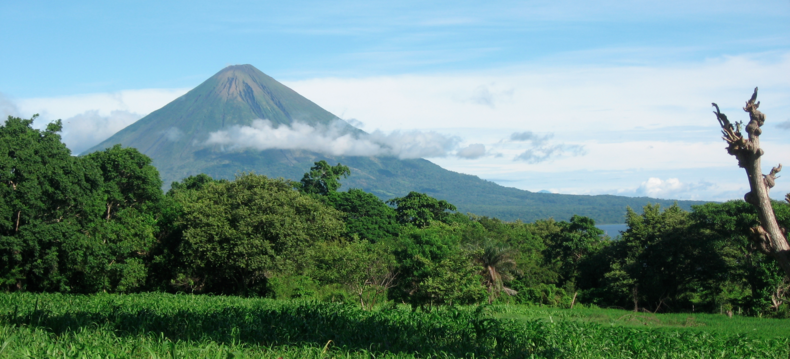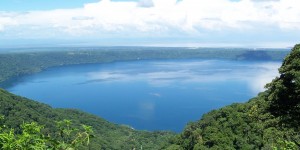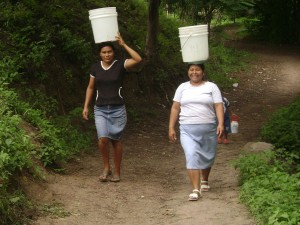Sanitation and Water Quality
“Known as the ‘Land of lakes and volcanoes’, Nicaragua has abundant sources of freshwater, but little of it is safe to drink or readily accessible.” –WaterAid America
Although Nicaragua is surrounded by lakes and by beautiful oceans, access to water and water sanitation are major issues for the Nicaraguan population. According to an international non-profit organization called Water Aid America, 2 million people, a third of the population, do not have access to adequate sanitation in Nicaragua, and 800,000 people do not have access to safe water.
The reasons behind the lack of access to potable water form a broad range. Reasons include: contamination from agriculture and mining, deforestation, natural disasters, soil erosion from cattle ranching, and a lack of governmental efforts. Inorganic contaminants include metals, agricultural pesticides, and herbicides. There are many infectious agents, including cholera and hepatitis E.
Water sanitation is deleterious for pregnant women in Nicaragua because it can lead to sepsis. Unhygienic practices such as unclean surfaces, unhygienic vaginal exams or cord cutting, and lack of handwashing are a few practices that can lead to sepsis. Sepsis in pregnant women can lead to hernia and genital prolapse, and may increase the risk of spontaneous abortion. [1][2] Studies link poor menstrual hygiene to urinary and reproductive tract infections and other illnesses, including toxic shock, subsequent pelvis inflammatory disease, infertility and pelvic pain.[3]
Carrying water is also a burden for pregnant women. Traditionally, carrying water is a role designated for women. But carrying water for a pregnant woman puts stress on her body and can cause a series of ailments.
Sources:
http://therioindiolodge.com/wp-content/gallery/nicaragua/nicaragua.jpg
http://theplanetd.com/images/Nicaragua-09-1272.jpg


